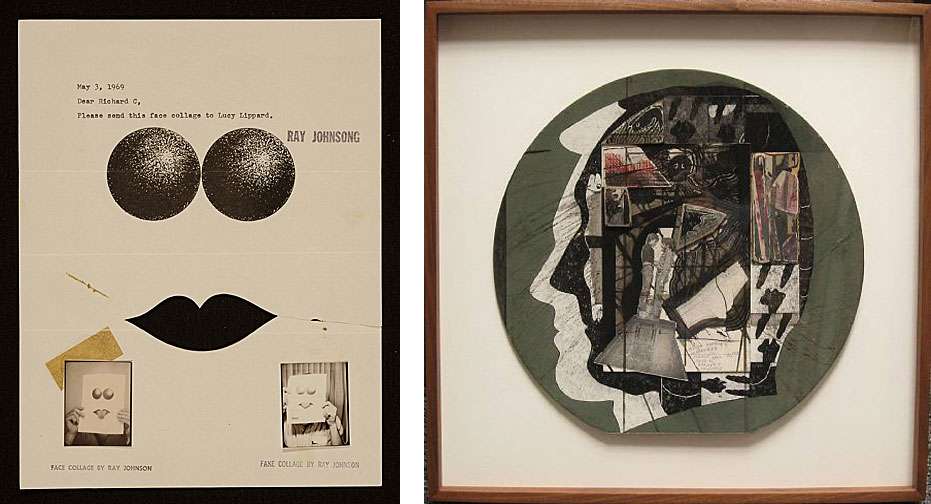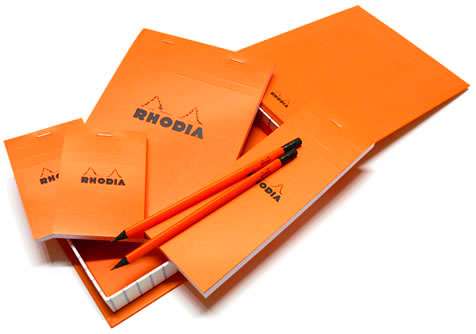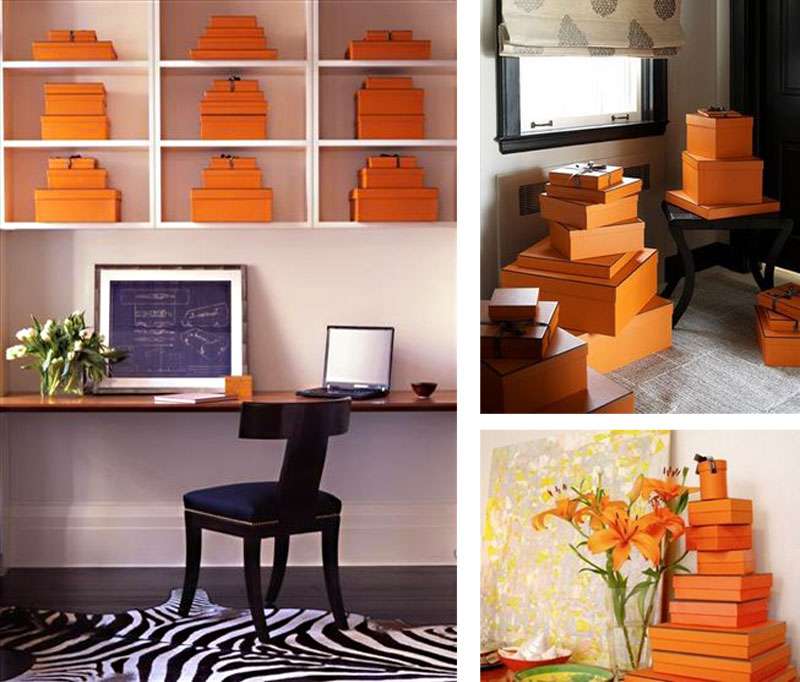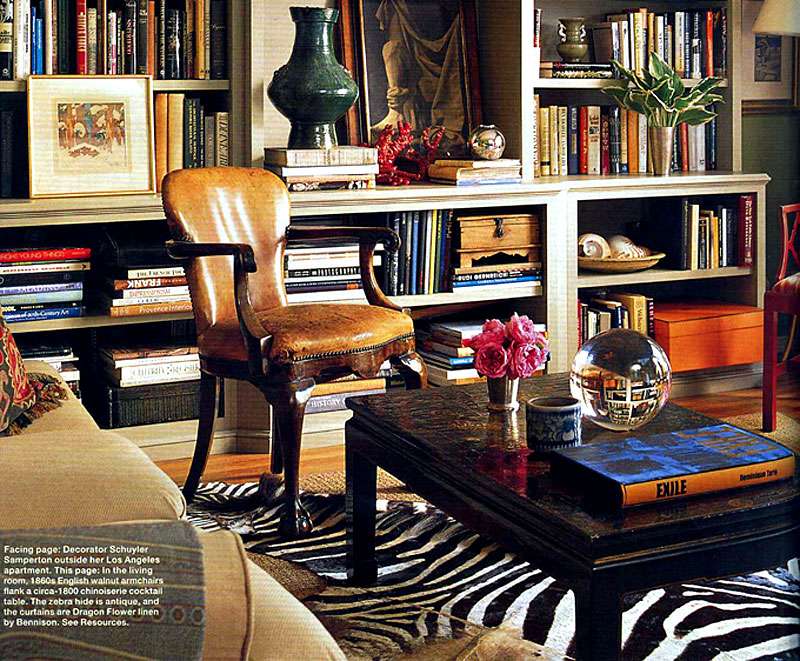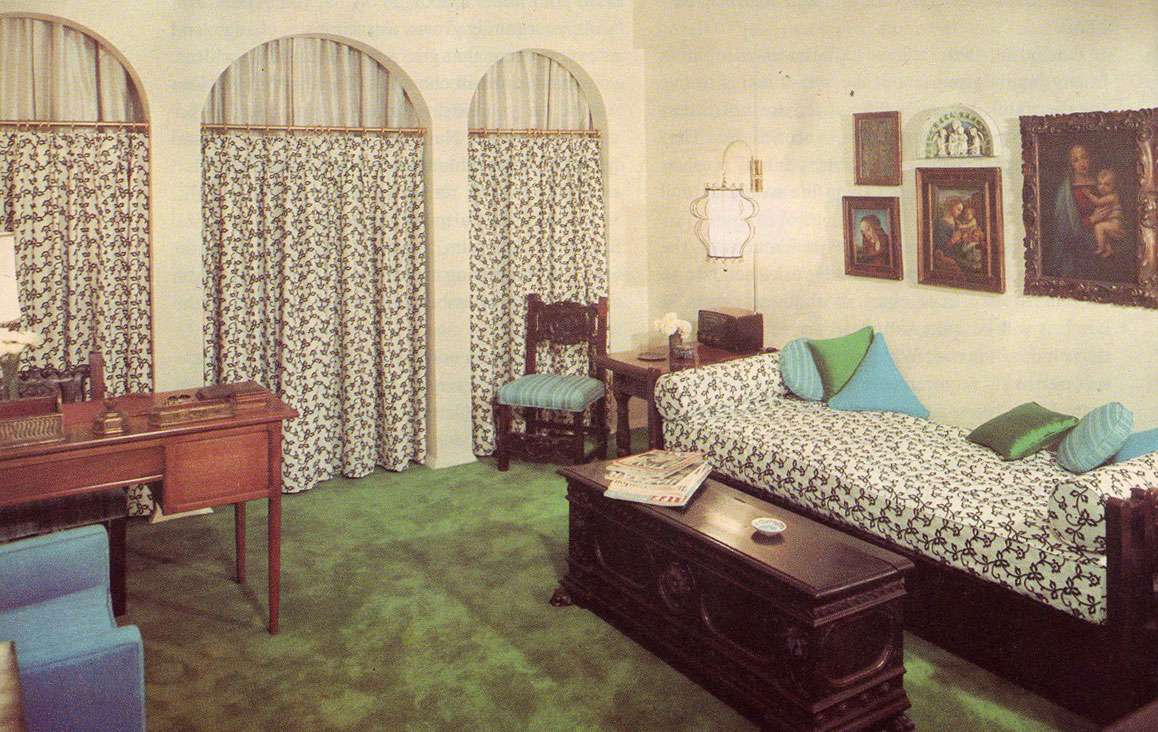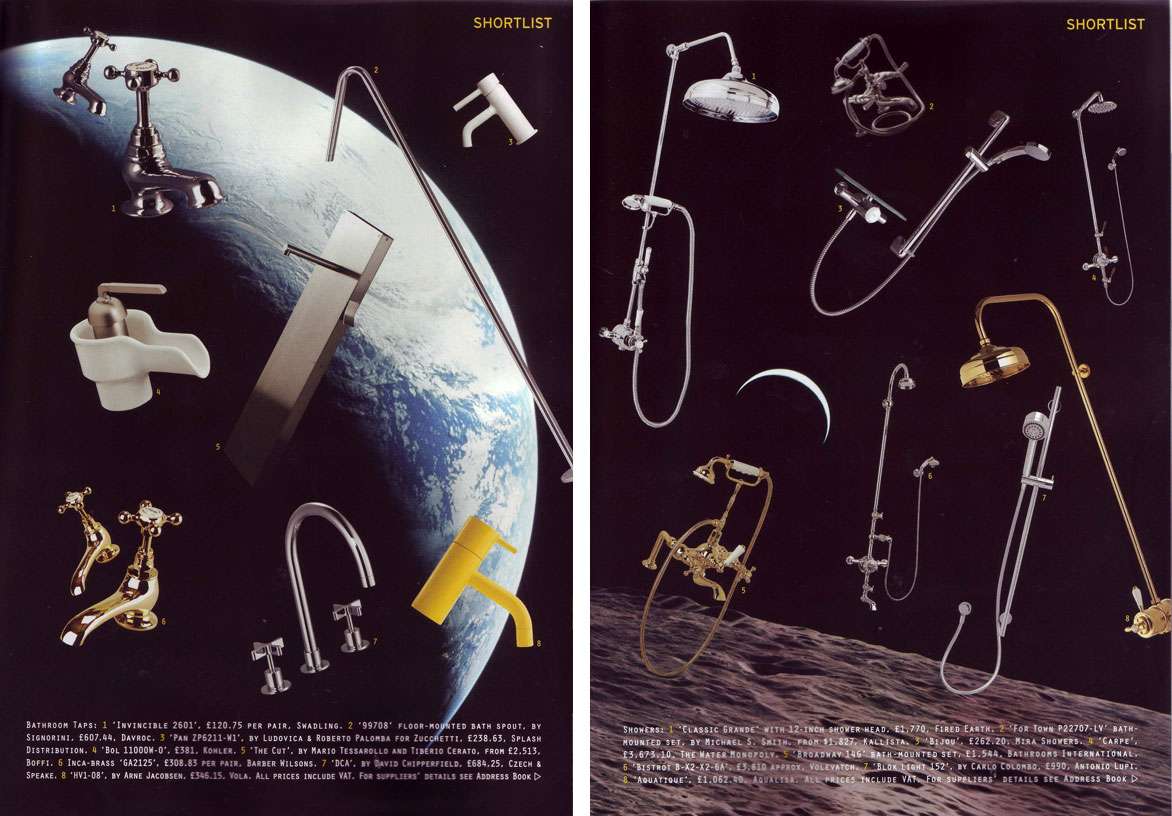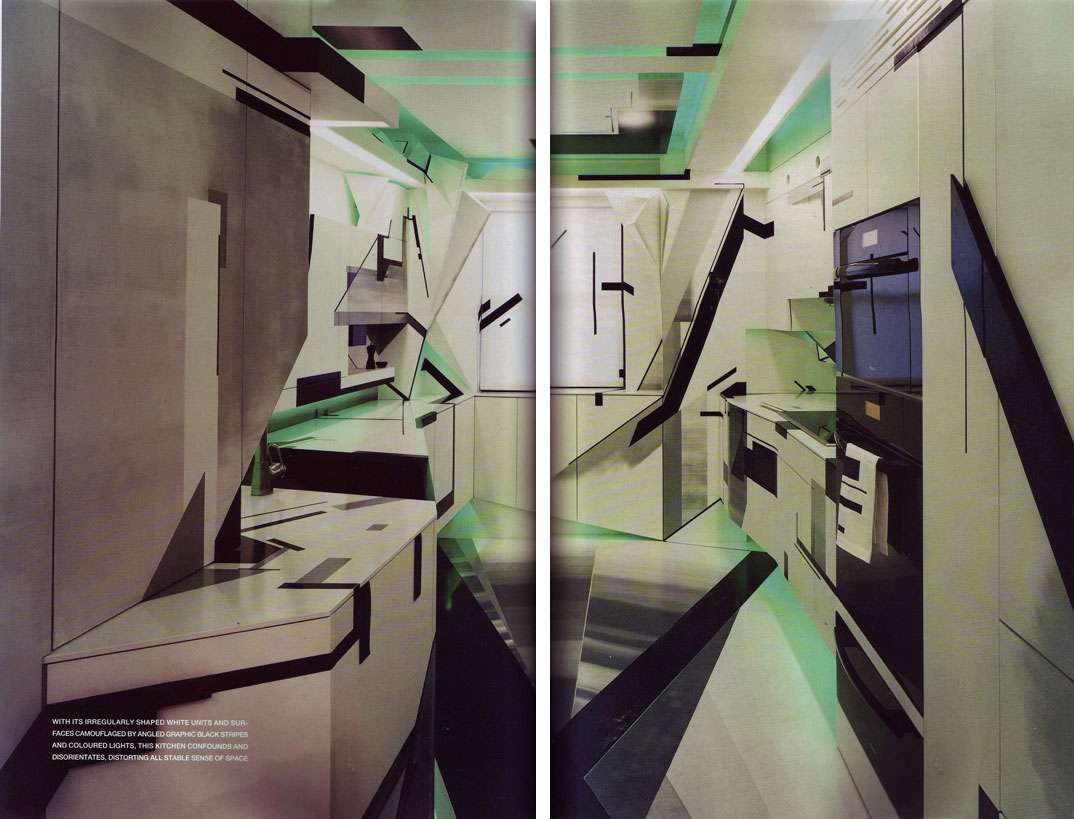One of the best uses of color that I've ever encountered is at the Fåborg Museum of Art in Denmark. The museum (incidentally, located in the middle of nowhere) left quite an impression on me, indeed.
It wasn't just the neoclassical simplicity of structure combined with the subtleties of color framing, but the texture of the color. I know I've been going on about texture a lot lately (and plaster, too, for that matter...hm), but this color is so rich, so velvety and translucent you just want to TOUCH it. The secret? The walls were painted fresco style! Meaning, the pigment is applied to wet plaster, allowed to dry, and polished after the fact. Check out the cobalt and the subtlety of the pink/gray combination. It seems that these nuances are really what separate amateur from artful in the use of color.

 Fåborg Museum of Art, Denmark. Images from Flickr.
Fåborg Museum of Art, Denmark. Images from Flickr.
As for the use of velvety rich color in an interior , Axel Vervoordt's Venetian palazzo instantly came to mind. His terracotta colored walls seem to have the same matte depth as the museum at Fåborg, and they play well against the deep blue oil by Verheyen and cream slipcovers:
 Photos by Mario Ciampi, from Architectural Digest September 2008
Photos by Mario Ciampi, from Architectural Digest September 2008



